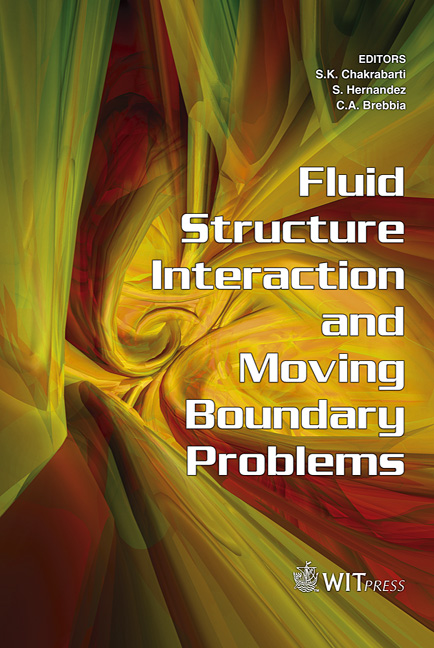An Independent Geometry Modelling Method In Wave-body Interactions
Price
Free (open access)
Transaction
Volume
84
Pages
10
Published
2005
Size
384 kb
Paper DOI
10.2495/FSI050291
Copyright
WIT Press
Author(s)
S. H. Mousavizadegan & M. Rahman
Abstract
A numerical technique based on the boundary integral equation method is developed for the prediction of wave effects on marine structures. The exact geometry, which is expressed explicitly or implicitly, can be applied in the computation of body surface characteristics. This capability makes the method geometry modelling independent. The Gaussian quadrature formulas are applied directly to solve the boundary integral equations. There is no need to approximate the velocity potential distributions around the body surface and its orders correspond to the number of Gaussian points. This implies that the method is a higher-order method with an arbitrary degree. Several applications of the method are presented and compared with the available analytical results. The method is accurate, simple to implement and efficient in time and memory. 1 Introduction Marine structures (Offshore structures and oceangoing ships) are usually designed to operate in a wave environment. Structural loading of the body surface under the water and the unsteady motions are two of the principal problems that result. When the characteristic body dimension is comparable to the wave length, the potential effects are dominated. The presence of the body alters the pattern of wave propagation in the vicinity of the structure and cause scattering of waves. The body may also oscillate and radiate waves if the constraints are not sufficiently rigid. Hence, it experiences reacting forces from the surrounding fluid and the constraints. Since analytical solutions can be obtained for a few special geometries, the numerical solutions of the Laplace equation with the associated boundary conditions are imperative. The boundary integral equation methods are known as
Keywords





